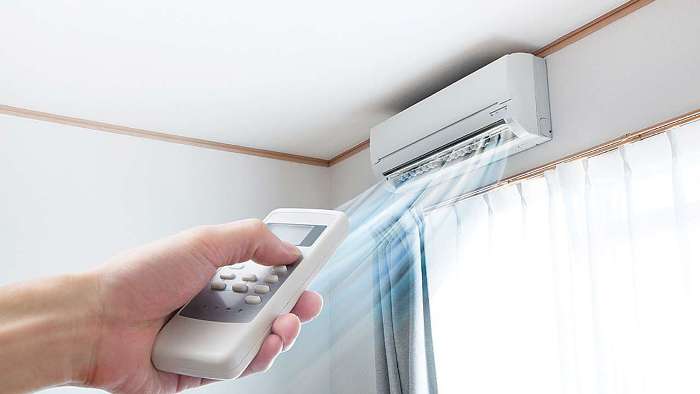

In the aftermath of the outbreak of COVID 19 pandemic, the Indian Society of Heating, Refrigerating, and Air Conditioning Engineers (ISHRAE) issued professional guidelines on the safe use of air conditioning systems at home, workplace, commercial establishments, and hospitals to manage risks related to virus transmissions.
In this interview with Business Views Editor G. Kalyan Kumar, the top brass of ISHRAE explains the rationale, and significance of the guidelines relating to the temperature levels, humidity, and other hygiene standards while running ACs.
In the Zoom interview, Richie Mittal, President, ISHRAE, Vishal Kapur, National Chair, ISHRAE Technical committee, and Vikram Murthy, immediate past president of ISHRAE participated.
Excerpts
What is the latest update on ISHRAE guidelines and what kind of consultation went into its framing?
Temperature applications concerning the residential and industry remain the same as in commercial establishments. The recommended temperature is above 24 degrees centigrade to minimize the infectivity risk of the virus. Humidity has to be kept above 40 percent or in the 40 to 70 percent range.
How was the response to the guidelines from consumers and others including government agencies?
The ISHRAE guidelines have evoked a positive response from different stakeholders. Manufacturers are mindful of the guidelines and endorsed the specifications and the guidelines. The CPWD has incorporated ISHRAE guidelines in their advisory on installation and use and maintenance of the AC.

Has ISHRAE advanced the guidelines to the AC manufacturers as well and enlisted their support to spread awareness on the ideal use of their products?
Manufacturers create products in the best possible way. Customers have to make sure they use the products properly by rightly regulating to the advised temperature and ensure the cleanliness of components including filters.
ISHRAE has been holding interactions with the producers' trade body RAMA (Refrigeration and AC manufacturers Association). In a recent webinar, we deliberated on the safe use of Air Conditioners at Home, WorkSpaces, and Commercial Buildings.
In the meeting chaired by Gurmeet Singh, President of RAMA we decided to run a nationwide awareness drive on AC and ventilation guidelines to the benefit of residential, commercial, and hospital segments. Of course, there are AC producers offering extra features like HEPA filters, UV, etc.
What are the core guidelines for malls and commercial centers?
For commercial establishments such as malls and commercial centers, temperature limits and ventilation are equally important for the ingress of fresh air. The use of best filters in the AC units and the use of UltraViolet Germicidal Irradiation (UVGI) to the coils will reduce infection-risk if any.

How was the support and cooperation from stakeholders such as trade associations and segments like Malls or Hospitals?
Organizations such as SCAI (Shopping Centres Association of India) had been able to allay apprehensions and anxieties on running commercial units in the post lockdown period by the regulated use and following SOPs on air-conditioners and exhausts.

We have conducted a joint training webinar to discuss such matters with the mall owners, chief engineers, and deliberated on the protocols to be followed.
ISHRAE team also had interactions with hospitals and the medical community via IMA. Our sessions with the largest body of facility managers in the world and working with SODEXO, in food hospitality services have been very useful. We also had many sessions and panel discussions with CPWD and state governments.



